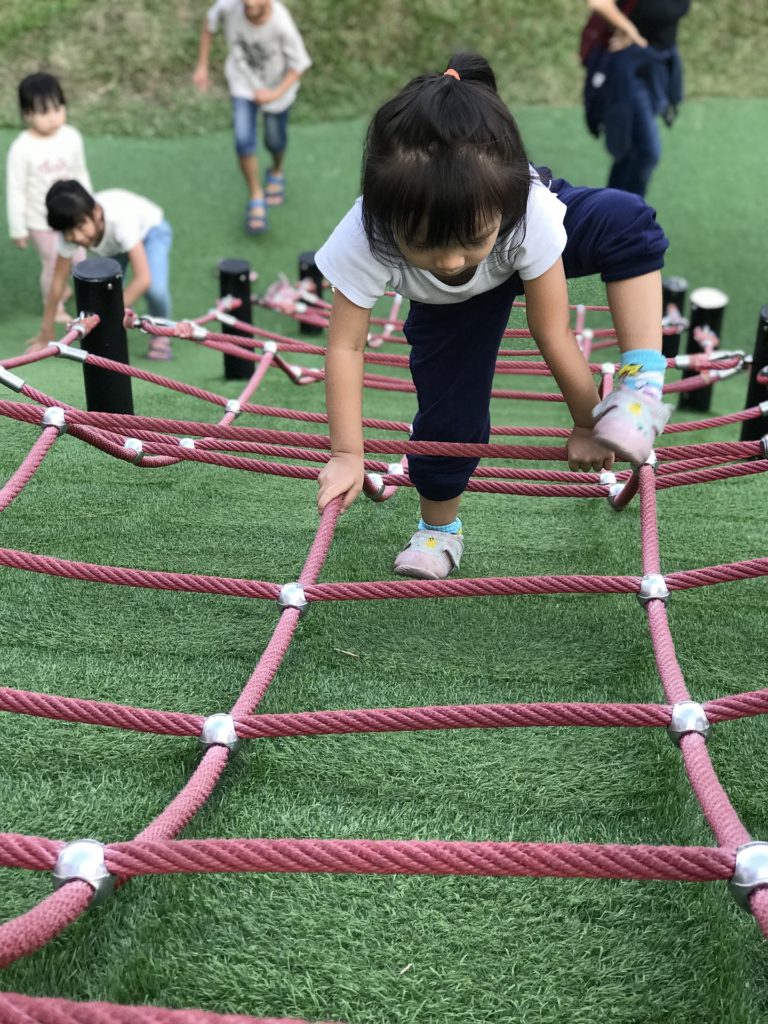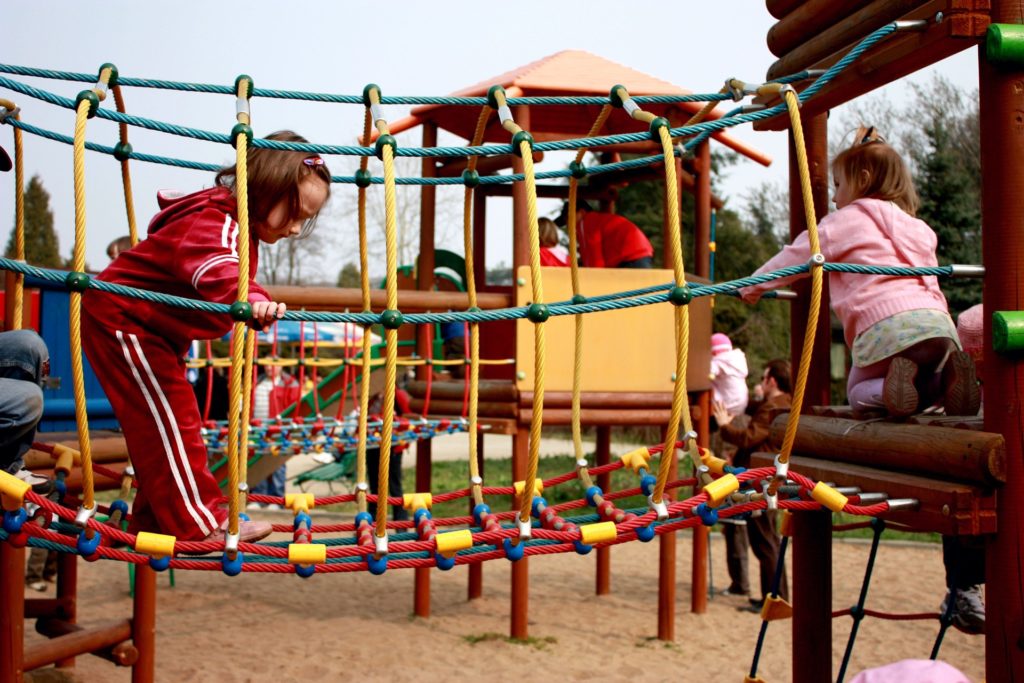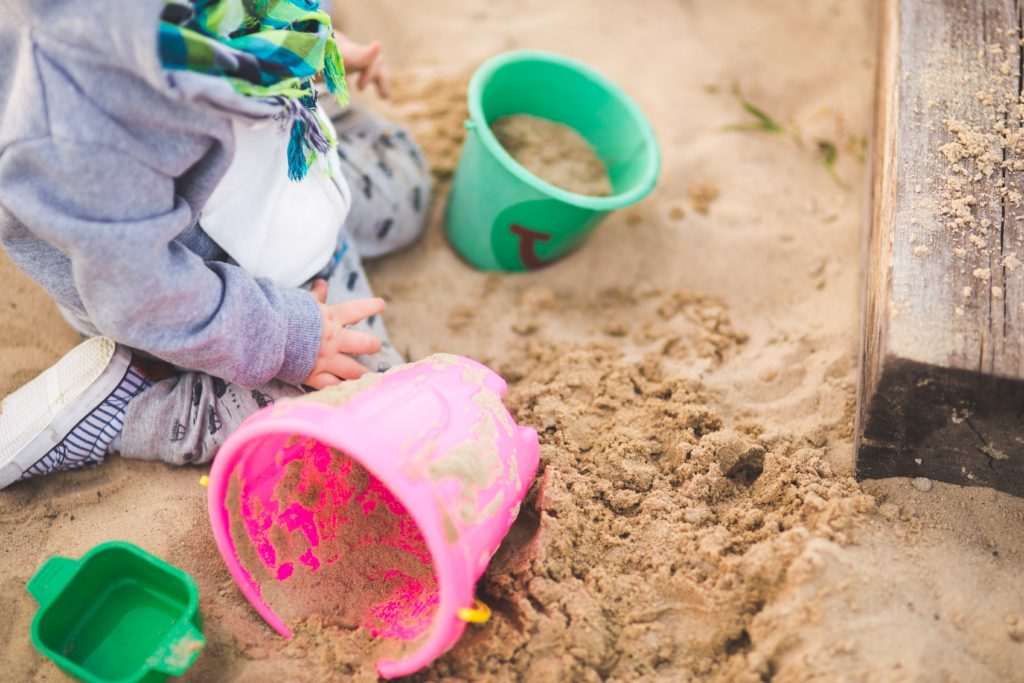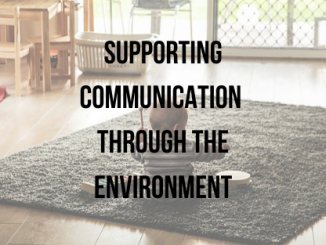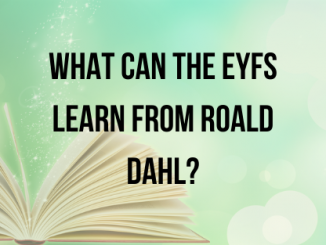Playing outside is a vital ingredient to a happy, healthy childhood. Being outdoors, with exposure to natural daylight and the sun increases the bodies level of vitamin D, in which many people are now deficient.
Outdoor time also promotes running, climbing and plenty of physical activity that is good for heart health and being outside causes the human body to produce more serotonin; the ‘feel-good’ hormone that prevents depression and eases anxiety. For children in the Early Years this lays an important foundation for learning as a calm, happy mind is a mind ready to learn.

It is not just the practicality of learning to run, ride a bike, climb a tree etc that occurs in the outdoor environment but everything that these masteries encompass. For example, in learning to climb a tree a child learns to estimate measures of space, to weigh up risk, to assess the best route, to problem solve and change course, a sense of gravity, and self-limitation and so on! The space afforded by the outdoor environment often lends itself to this kind of learning more effectively than the constraints of the indoors.
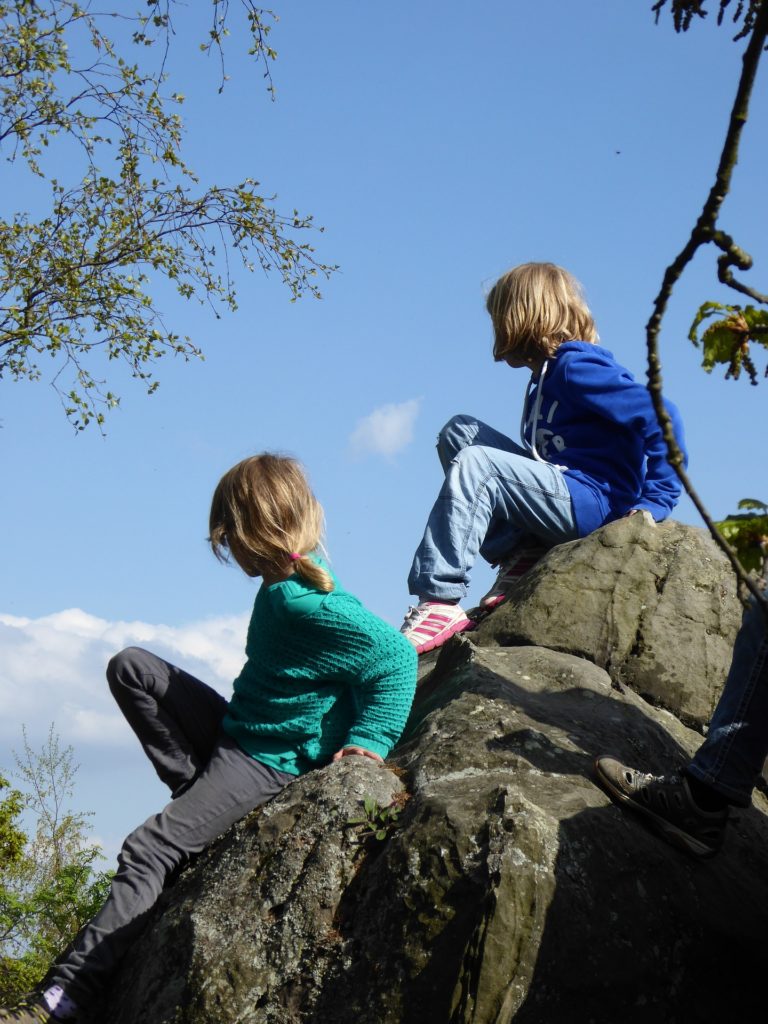
Playing outside can also improve children’s handwriting! Outdoor play is crucial in developing gross motor skills which are a key component in preparing the body for writing.In order for hands and fingers to write children must first be able to maintain sufficient stability in the rest of their body, starting with efficient control of the trunk, neck and shoulder and progressing to the elbow and wrist before the hands are even involved.
These muscles can be strengthened and stability acquired through typical outdoor play activities such as running, climbing and balancing.

As well as the physical strength required to master these gross motor skills needed for writing children must also develop the ability to plan and carry out gross motor action. To be able to write children must be able to co-ordinate muscle groups to work together in the correct way, at the correct time with the correct amount of pressure and force in order to produce a planned effect (letters that can be read)
For example, the brain has to plan and carry out the correct sequence of actions. To begin, pectoral muscles must co-activate with the right force and timing to stabilise the shoulder, and the arms, and then the writs so that the hand and fingers can move the pencil on the paper in the correct shape to form letters.
These skills are so important that studies have demonstrated that children with decreased motor planning skills exhibit poor legibility of handwriting compared to their peers (Tseng & Murray, 1994).
Skill in planning gross motor movement is gained in outdoor play as children learn to run, planning out their route and changing course and speed to avoid obstacles or interact with others, or as they learn to climb on play equipment developing an awareness of how to co-ordinate their muscles to climb a certain route, planning out how best to climb up and consequently climb down.
Hand-eye coordination skills are imperative for handwriting as the vision system coordinates the information received through the eyes to control, guide, and direct the hands in writing.
Hand-eye coordination is naturally developed in outdoor play activities such as throwing and catching a ball, or playing tag.
Gross motor skill development typically precedes the development of fine motor skills, which are also incredibly important for writing. Fine motor skills are those involving a more complex or refined movement of the fingers and hands.

These can also be developed by playing outside, for example, digging in the sand, or planting seeds, strengthens muscles in the hands and develops control. Children exhibiting curiosity about plants or minibeasts will often use small movements of the fingers to trap minibeasts for examination, or pinch and grind up the leaves of plants. All of these precise movements are a chance to practise skills that will be needed for handwriting.
The importance placed on outdoor learning by both the EYFS and Early Years professionals is no coincidence. Outdoor play is a high priority for optimal development in early childhood, presenting unique opportunities for learning and skills development that impact upon later academic development.
Reference:
Tseng, M and Murray, E. (1994). Differences in Perceptual-Motor Measures in Children with Good and Poor Handwriting. OTJR: Occupation, Participation and Health January vol. 14 no. 1 19-36.

